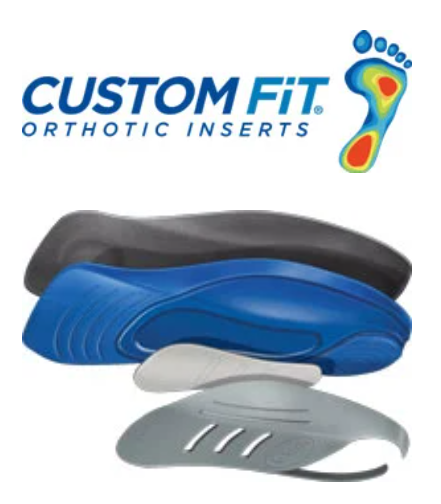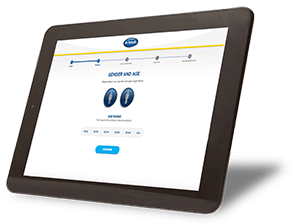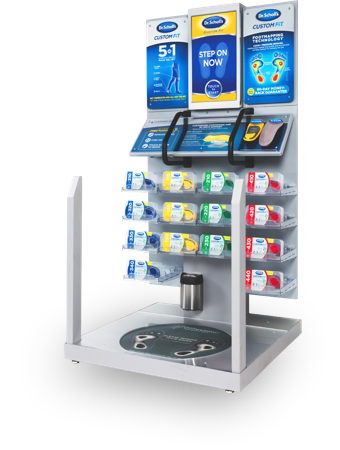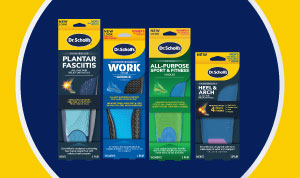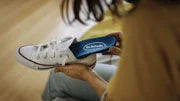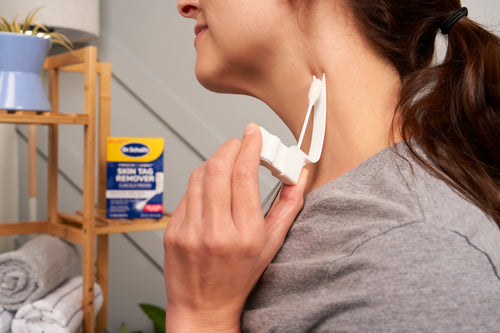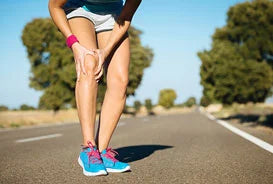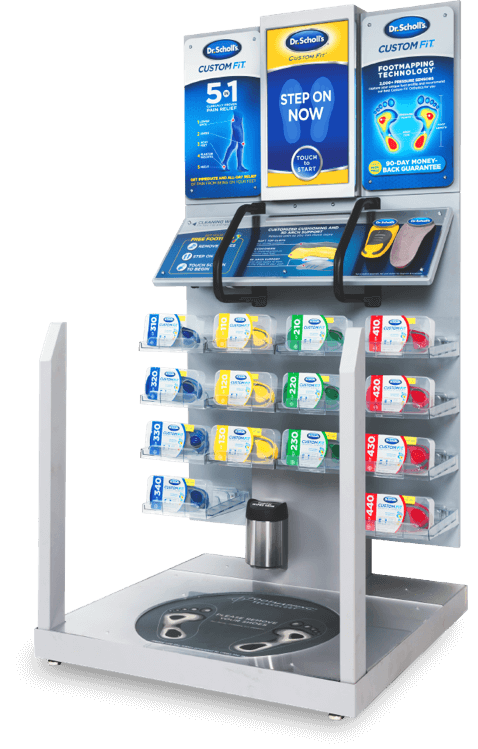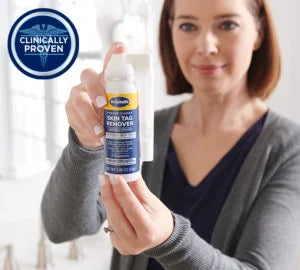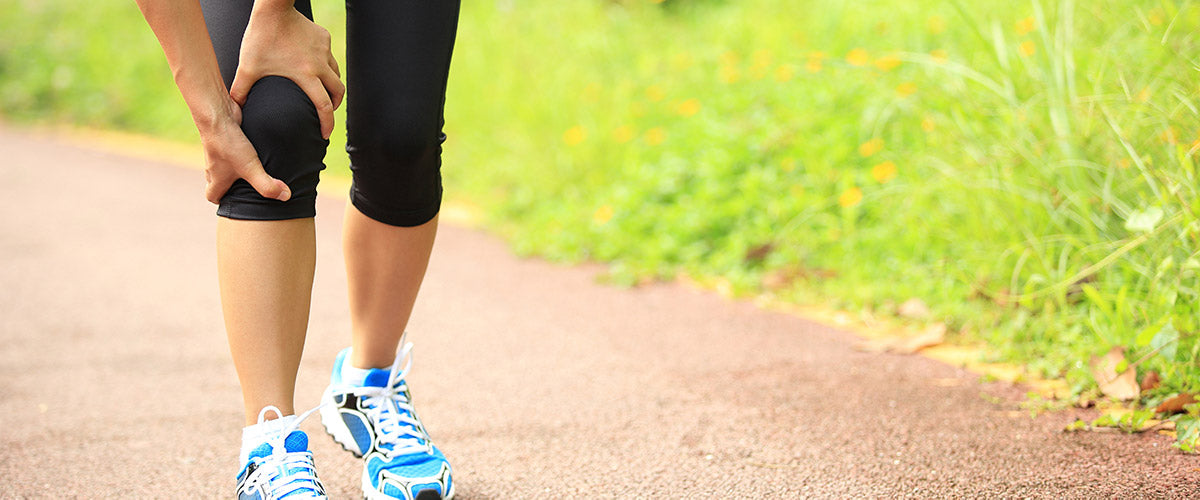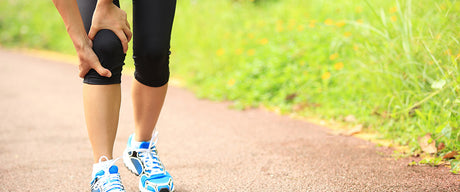While often considered the inferior sex in the past, women are demonstrating amazing success and getting more recognition in sports. The bad news is that women are more likely than men to have issues with their feet, ankles, knees and backs, and they’re more likely than men to get injured. Why is this and what can be done?
Anatomy
Women often have more foot, knee and back problems due to anatomical differences.
- Q angle – A woman’s childbearing hips create a more pronounced Q angle (the angle from the hips to the knees), putting additional stress on the knees.

2. Flat feet – Women, especially pregnant women, are more prone to flat feet (feet that have little to no arch).
3. Pregnancy – Weight gain from pregnancy puts pressure on the back and feet.
Hormones
In addition to anatomy, hormones also play a role.
- Testosterone – Women produce less testosterone than men and it’s testosterone that builds muscle which helps support surrounding joints.
- Estrogen – Women produce more estrogen than men. Estrogen weakens ligaments, making them more prone to injuries such as ACL (anterior cruciate ligament) tears.
- Fluctuating hormones – Women may be at an increased risk of osteoarthritis due in part to hormone fluctuations from menstruation and menopause.
Impractical shoes
Women have a long-standing history of suffering in the name of beauty. They may look fabulous, but high heels are a major cause of foot issues in women. The knees, ankles and lower back can suffer as well.
Fashionable tight, ill-fitted shoes with little arch support can also cause a number of problems.

- Hammertoe and bunions – High heels and tightly fitted shoes compress the feet, causing hammertoe (a condition where the middle joint of the toe is crooked) as well as bunions (bony bumps at the base of the big toe).
- Corns and calluses – Shoes that are too tight or don’t fit properly can rub against your feet, causing friction that can lead to corns and calluses.
- Ankle sprains and fractures – High heels shift your body weight out of balance, making you more likely to twist your ankle or suffer a fall that can result in a sprain or fracture.
- Knee and back pain – When walking in high heels, you have to arch your back because your weight is shifted forward. This can result in painful pressure on the lower back. The shift in weight also puts pressure on your knees and surrounding muscles.
Solutions
Obviously women can’t control anatomical and hormonal differences that make them more susceptible to injuries but there are steps you can take to lessen the risk of problems.
- Work with an athletic trainer – A trainer can design an injury prevention plan which includes building core and supporting muscles while practicing balancing techniques.

2. Wear practical shoes – Choose properly fitted shoes with good arch support and limit your time in high heels.

Use insoles and orthotics – Adding insoles or orthotics to your shoes can help reduce pain and improve stability and balance. For example:
- Dr. Scholl’s® Knee Pain Relief Orthotics help protect the knee by absorbing pain-inducing shock in the heel and preventing it from traveling up your leg. They’re perfect for people with runner’s knee and general knee pain.
- Dr. Scholl’s® Pain Relief Orthotics for Arthritis Pain provide relief from osteoarthritis pain by absorbing shock that can aggravate sensitive arthritis joints and by stabilizing your feet to reduce stress on the joints in your feet, knees and hips.
-
Dr. Scholl’s® Invisible Cushioning Insoles for High Heels help relieve and prevent pain from high heels by help shifting pressure off your ball of foot.
Click here to view all Dr. Scholl’s Insoles & Inserts or take our Insole Advisor quiz to find the right one for you.
Physical activity comes with risks and this is especially the case with women. However, with the right precautions, women can reduce their risk of pain and injuries and enjoy an active life.

